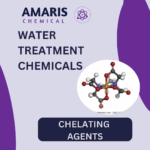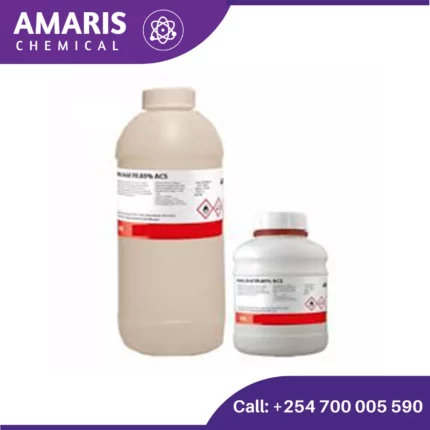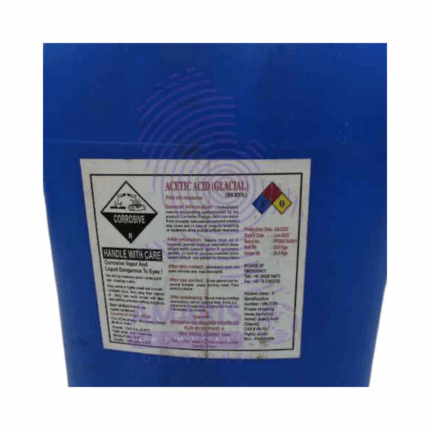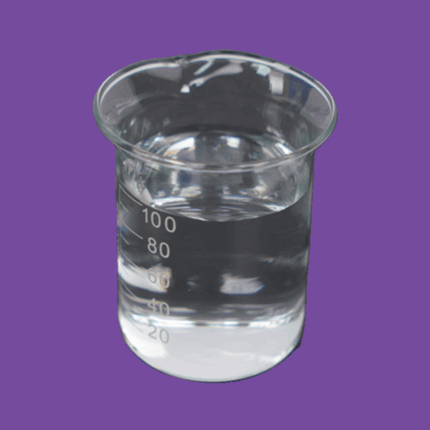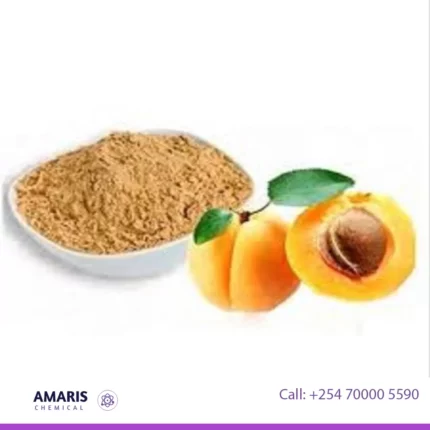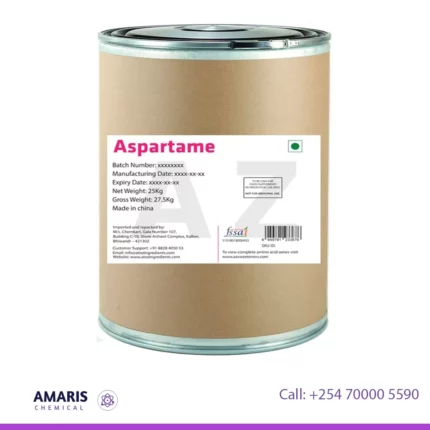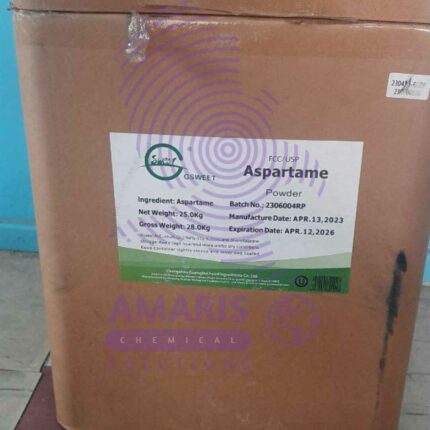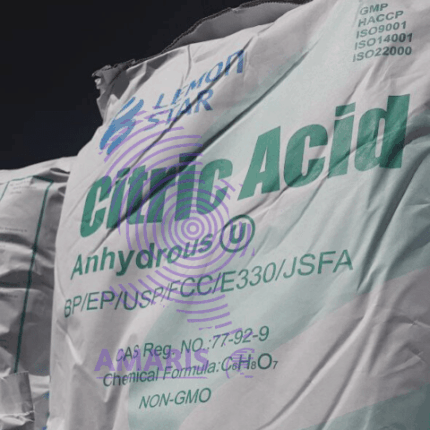Acesulfame K
Acesulfame K
Acesulfame K, also known as Acesulfame Potassium or Ace-K, is a high-intensity artificial sweetener that is commonly used as a sugar substitute in various food and beverage products. It is a white, odorless powder that is about 200 times sweeter than sucrose (table sugar), but it has no caloric value and does not affect blood sugar levels. Acesulfame K is chemically stable and can withstand high temperatures, making it suitable for use in baked goods and other heat-processed products. It is often found in sugar-free or low-calorie products, such as diet sodas, sugar-free chewing gums, desserts, and tabletop sweeteners.
Acetaldehyde
Acetaldehyde
Acetaldehyde is a simple organic compound with the chemical formula CH3CHO. It is a colorless liquid with a pungent, fruity odor. Here are some key points about acetaldehyde:
- Chemical Structure: Acetaldehyde consists of two carbon atoms, one oxygen atom, and four hydrogen atoms. Its structure is CH3CHO, where the carbon atom in the middle is doubly bonded to an oxygen atom and singly bonded to a hydrogen atom and a methyl group (CH3).
- Occurrence: Acetaldehyde can be found naturally in various ripe fruits, coffee, and heated milk. It is also produced by the oxidation of ethanol (alcohol) by enzymes in the liver and other tissues in humans, making it an intermediate product in alcohol metabolism.
Acetic Acid Food Grade
Acetic acid food grade is an organic acid with the chemical formula CH3COOH, also known as ethanoic acid. It is a colorless liquid with a pungent, sour taste and a distinctive vinegar-like odor. Acetic acid is an important industrial chemical used in the production of various products, including solvents, plastics, textiles, and food additives. It is also the main component of vinegar, which is commonly used as a condiment and preservative in cooking and food preparation.
Apricot Powder
Apricot powder refers to a finely ground form of dried apricots. It is made by dehydrating apricot fruits and then grinding them into a powder consistency. Apricot powder retains the natural flavor and nutritional properties of fresh apricots but in a concentrated form. It typically has a vibrant orange color and a slightly sweet and tangy taste.
Apricot powder is often used as a natural flavoring or ingredient in a variety of culinary applications. It can be added to smoothies, juices, yogurt, oatmeal, baked goods, and desserts to enhance their flavor with a hint of apricot. Additionally, apricot powder can be incorporated into spice blends, sauces, and marinades for savory dishes, adding a unique fruity note.
In addition to its flavoring capabilities, apricot powder is valued for its nutritional benefits. It is a good source of dietary fiber, vitamins (such as vitamin A and C), and minerals (such as potassium and iron). It can be used as a natural supplement to boost nutrient intake or to add nutritional value to various recipes.
Overall, apricot powder is a versatile and convenient ingredient that allows for the incorporation of the distinct flavor and nutritional qualities of apricots into a wide range of culinary creations.
Aspartame
Aspartame is a low-calorie artificial sweetener that is widely used as a sugar substitute in various food and beverage products. It is a non-saccharide sweetener, meaning it does not belong to the family of natural sugars like sucrose or fructose. Aspartame is composed of two amino acids, phenylalanine and aspartic acid, linked together with a methyl ester bond.
This sweetener is known for its intense sweetness, being approximately 200 times sweeter than sugar, which allows for its use in very small quantities to achieve the desired level of sweetness in food and drinks. Aspartame has gained popularity as an alternative to sugar due to its minimal impact on caloric intake, making it suitable for individuals aiming to reduce their sugar consumption or manage their weight.
Upon ingestion, aspartame is broken down into its component amino acids and a small amount of methanol, which is further metabolized into formaldehyde and formic acid. However, the quantities produced are well within the range deemed safe by regulatory authorities, and the body's natural metabolic processes handle them efficiently.
Calcium Saccharin
Calcium saccharin, also known as calcium cyclamate, is a synthetic sweetener derived from saccharin. It is a calcium salt of saccharin, and it is often used as a sugar substitute in various food and beverage products. Calcium saccharin is several hundred times sweeter than sugar, yet it contains no calories and does not affect blood sugar levels, making it suitable for individuals with diabetes or those looking to reduce their sugar intake. It is commonly used in tabletop sweeteners, diet sodas, baked goods, and other low-calorie or sugar-free products
Citric Acid Anhydrous
Citric Acid Anhydrous is a weak organic acid that occurs naturally in citrus fruits such as lemons, limes, oranges, and grapefruits. It is a tricarboxylic acid with the chemical formula C6H8O7 and is commonly used as a food additive, preservative, and flavoring agent. Citric acid is also used in the pharmaceutical industry, as a chelating agent in cleaning and personal care products, and in the production of cosmetics and detergents. It is a white crystalline powder with a sour taste and is soluble in water.
Ethyl Acetate
Ethyl acetate is a widely used organic compound with the chemical formula C₄H₈O₂, known for its pleasant, fruity odor and excellent solvent properties. As a fast-evaporating ester, it serves as a key ingredient in industries such as paints, coatings, and printing inks, where it acts as a low-toxicity thinner and drying agent. In the pharmaceutical sector, it is utilized for drug extraction and tablet coatings, while the food industry employs it as a flavoring agent to impart fruity notes in candies and beverages. Its effectiveness as a degreaser makes it valuable in electronics and metal cleaning. Additionally, ethyl acetate finds applications in cosmetics, adhesives, and even as a biodegradable alternative in decaffeination processes. Despite its advantages—such as being relatively non-toxic and environmentally friendly—it is highly flammable and requires careful handling. Overall, ethyl acetate's versatility, mild odor, and solvent efficiency make it indispensable across multiple industrial and commercial applications.



 LABORATORY EQUIPMENT & APPARATUS
LABORATORY EQUIPMENT & APPARATUS
 Fertilizers
Fertilizers Plant Growth Regulators
Plant Growth Regulators Soil Conditioners
Soil Conditioners Animal Feed Additives
Animal Feed Additives Biostimulants
Biostimulants Dough Conditioners
Dough Conditioners Flour Treatments
Flour Treatments Fat Replacers
Fat Replacers Preservatives (baking)
Preservatives (baking)
 Surfactants (cleaning)
Surfactants (cleaning) Builders
Builders Bleaching Agents
Bleaching Agents Enzymes
Enzymes Solvents (cleaning)
Solvents (cleaning) Fragrances
Fragrances


































